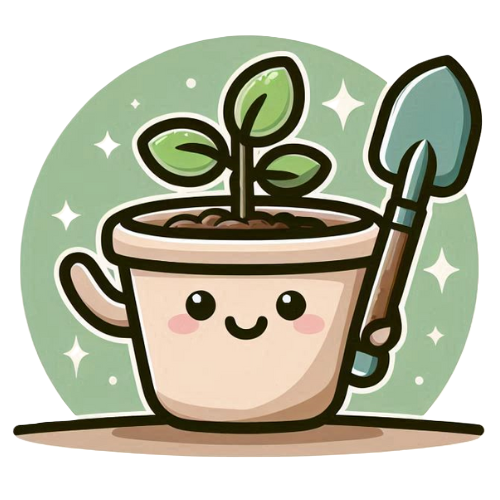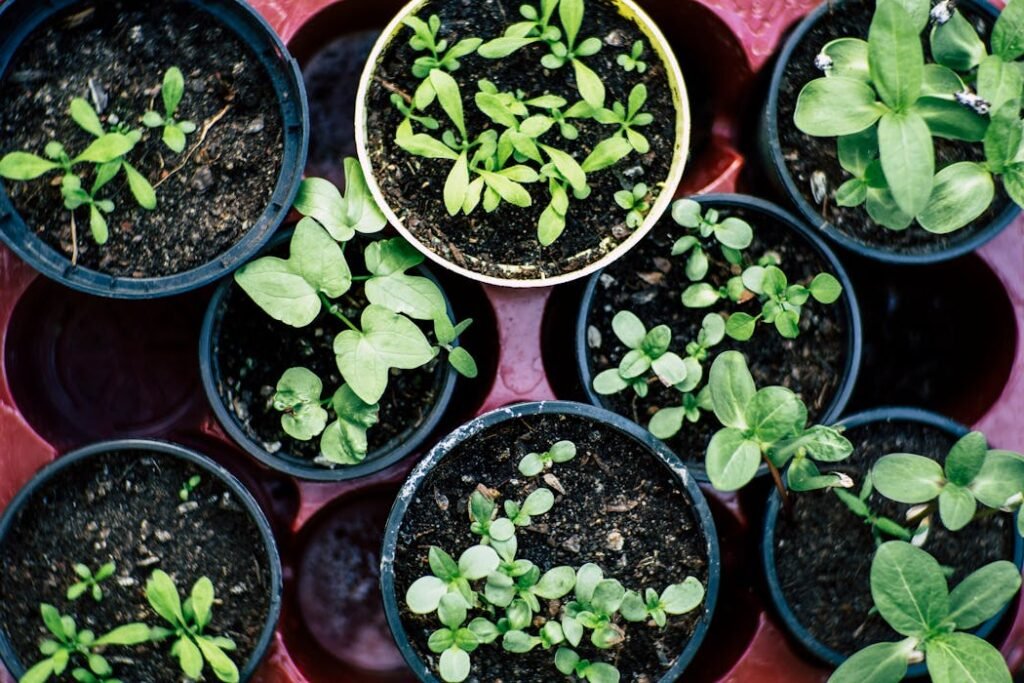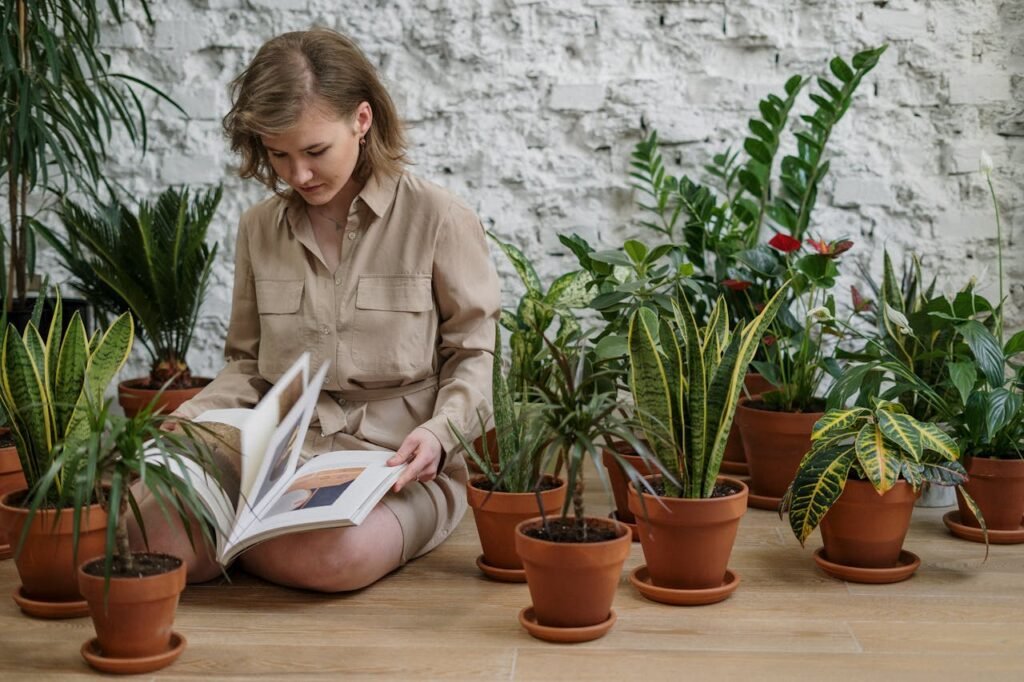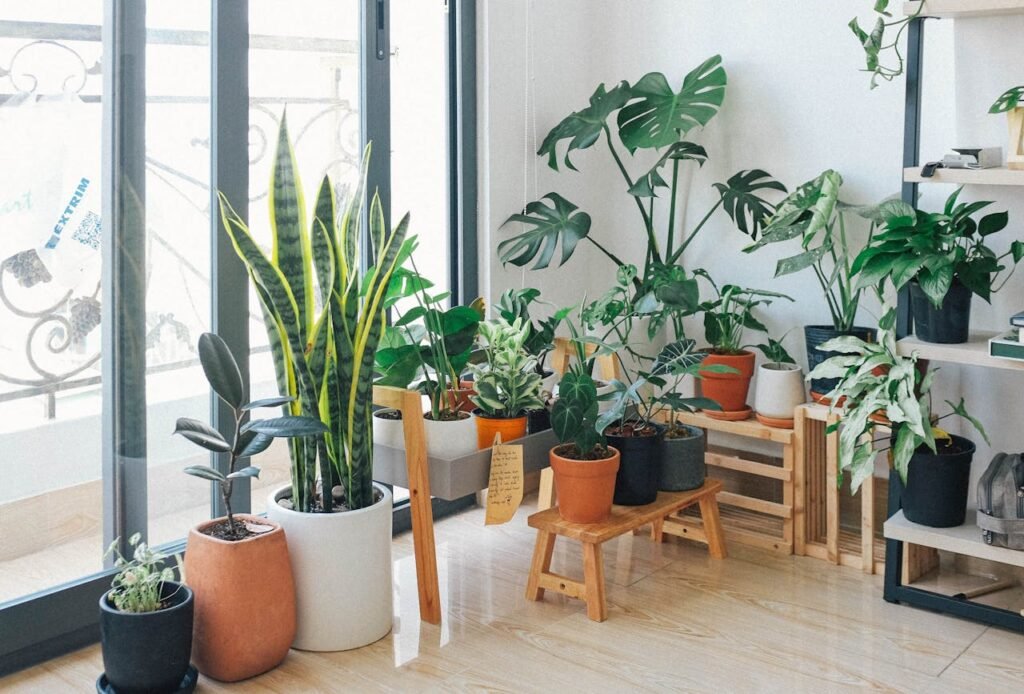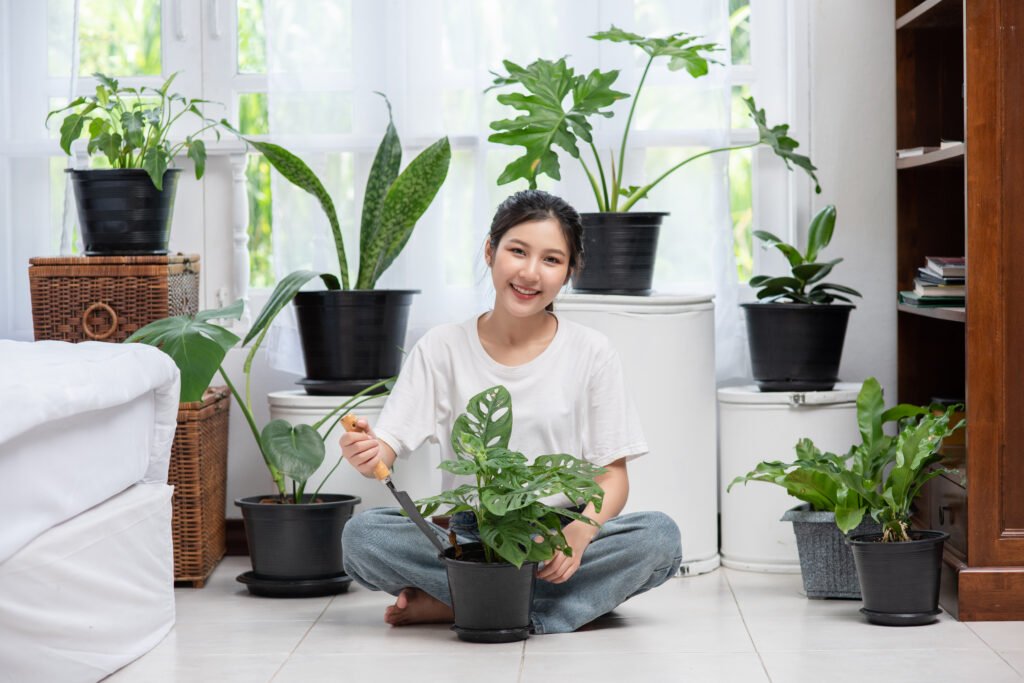Hey there, green thumbs and aspiring gardeners! 🌿 If you’ve ever dreamed of adding a splash of greenery to your home and enjoying fresh herbs right from your kitchen, you’re in the right place. Starting an indoor herb garden is easier than you might think, and it’s a fantastic way to brighten up your space while adding some fresh flavors to your meals. So, roll up your sleeves, and let’s dig into this step-by-step guide to creating your very own indoor herb oasis!
Step 1: Choose Your Herbs
First things first: let’s pick the herbs you want to grow. If you’re new to indoor gardening, start with herbs that are easy to grow and maintain. Think basil, mint, chives, parsley, and thyme. These herbs are not only great for cooking but also pretty forgiving if you’re still finding your green thumb.
Step 2: Pick the Perfect Spot
Now that you’ve chosen your herbs, it’s time to find the best spot for them. Most herbs need plenty of light, so aim for a sunny windowsill that gets at least 6 hours of sunlight a day. If your space doesn’t get that much natural light, don’t worry! You can use grow lights to provide the extra boost your herbs need. Position the lights about 6-12 inches above the plants and keep them on for 12-16 hours a day.
Step 3: Get Your Containers and Soil Ready
Herbs don’t require fancy pots, but make sure whatever you choose has good drainage. You don’t want your herbs to sit in soggy soil. Small pots or even recycled containers with drainage holes work perfectly. For soil, go with a high-quality potting mix designed for indoor plants. This will ensure your herbs have the nutrients they need and good drainage.
Step 4: Plant Your Herbs
Grab your seeds or seedlings and get planting! If you’re starting from seeds, follow the instructions on the seed packet for planting depth and spacing. Usually, you’ll want to plant seeds about 1/4 inch deep. If you’re using seedlings, plant them at the same depth they were growing in their nursery pot. Gently pat down the soil around them to eliminate air pockets.
Step 5: Water Wisely
One of the most common pitfalls with indoor herb gardening is overwatering. Herbs generally prefer soil that’s on the drier side rather than soggy. Check the top inch of soil—if it’s dry, it’s time to water. When you do water, make sure it drains well from the bottom of the pot. If you’re unsure, it’s better to underwater than overwater. Most herbs prefer to be slightly under-watered rather than over-watered.
Step 6: Maintain Optimal Temperature and Humidity
Herbs love a consistent temperature, ideally between 65-75°F (18-24°C). They’re not fans of sudden temperature swings, so keep them away from drafty windows or heating vents. Also, indoor air can be quite dry, especially in winter. To keep your herbs happy, you can place a small humidifier nearby or occasionally mist the plants with water.
Step 7: Fertilize with Care
Indoor herbs don’t need a lot of fertilizer. A light feeding once a month with a balanced, water-soluble fertilizer should do the trick. Be sure to follow the instructions on the fertilizer packaging to avoid overfeeding, which can lead to weak plants or a buildup of salts in the soil.
Step 8: Prune and Harvest Regularly
Regular harvesting is key to keeping your herbs healthy and productive. For most herbs, you should start harvesting once they’ve grown to about 6 inches tall. Use clean scissors or pruning shears to snip off the leaves or stems you need. This not only gives you fresh herbs to use but also encourages the plant to grow more. For herbs like basil, pinch off the top leaves to encourage bushier growth.
Step 9: Watch for Pests
Even indoor herbs can attract pests, although they’re usually less of a problem than outdoor plants. Keep an eye out for aphids, spider mites, or whiteflies. If you spot any pests, treat your plants with a mild insecticidal soap or a solution of water and a few drops of dish soap. Always test any treatment on a small area first to make sure it doesn’t harm your plants.
Step 10: Enjoy the Fruits of Your Labor
There’s nothing quite like adding fresh, home-grown herbs to your dishes. Whether you’re sprinkling basil over your pasta, adding mint to your iced tea, or garnishing a salad with chives, the flavor and satisfaction from using your home-grown herbs is unbeatable.
In Conclusion
Starting an indoor herb garden is a fun, rewarding project that adds life and flavor to your home. By choosing the right herbs, providing them with the right conditions, and caring for them properly, you’ll soon have a thriving indoor garden. So, get planting and enjoy the process of growing your very own herb paradise. Happy gardening! 🌱✨
